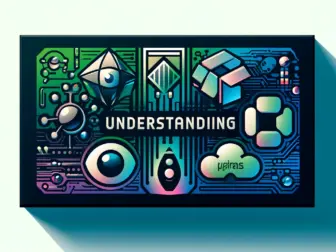Tag - Image Processing
Exploring the World of Image Processing: A Comprehensive Guide
Image processing is a fascinating field that involves manipulating digital images to improve their quality or extract information. From enhancing photographs to analyzing medical images, the applications of image processing are vast and varied. In this comprehensive guide, we will delve into the world of image processing, exploring its principles, techniques, and real-world applications.
At its core, image processing is the process of performing a set of operations on an image to extract useful information or enhance its visual appearance. These operations can range from simple tasks such as resizing and cropping an image to more complex tasks such as image segmentation and pattern recognition. Image processing is used in a wide range of industries, including healthcare, automotive, entertainment, and security.
One of the key principles of image processing is digital image representation. In digital image processing, an image is represented as a grid of pixels, with each pixel containing a value that represents the intensity of light at that point. By manipulating these pixel values, we can alter the appearance of an image in various ways, such as adjusting the brightness, contrast, or color balance.
There are two main categories of image processing: analog image processing and digital image processing. Analog image processing involves manipulating images using electrical or optical devices, while digital image processing involves manipulating images using computer algorithms. Digital image processing is more commonly used today due to the widespread availability of powerful computers and software tools.
One of the key techniques in image processing is filtering, which involves applying a mathematical operation to each pixel in an image to enhance or suppress certain features. Common types of filters used in image processing include low-pass filters, high-pass filters, and median filters. These filters can be used to smooth images, sharpen edges, remove noise, or detect patterns.
Another important technique in image processing is image segmentation, which involves partitioning an image into multiple regions or objects based on their properties. Image segmentation is used in a wide range of applications, such as object recognition, medical imaging, and satellite image analysis.
In the field of medical imaging, image processing plays a crucial role in diagnosing and treating various medical conditions. Medical imaging techniques such as X-rays, CT scans, and MRIs produce large amounts of image data that can be analyzed using image processing algorithms to detect abnormalities or track disease progression. Image processing is also used in fields such as remote sensing, where satellite images are analyzed to monitor changes in the environment or detect natural disasters.
In conclusion, image processing is a powerful tool that has a wide range of applications in various industries. By understanding the principles and techniques of image processing, we can unlock the full potential of digital images and harness their power to enhance our lives and advance our understanding of the world around us.
